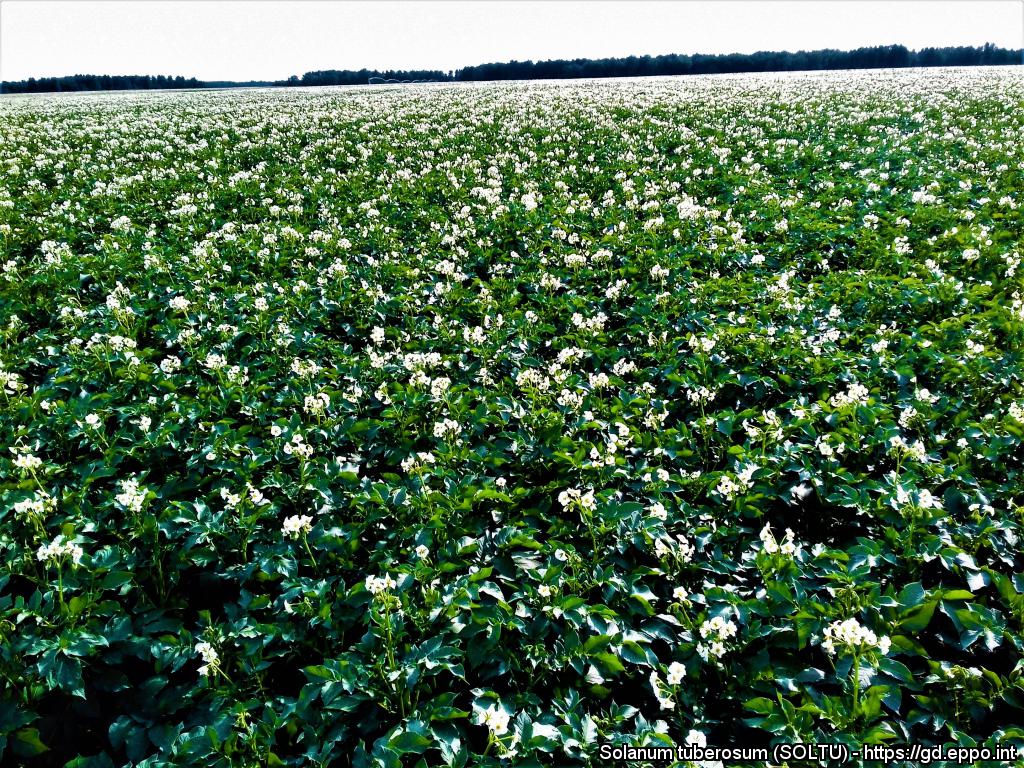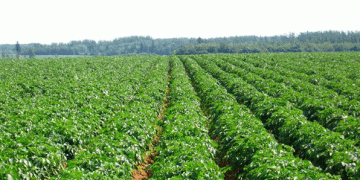
Weeds can cause a lot of problems in potatoes. These reduce crop cover through competition for nutrients and keep many plant pathogens (i.e. act as reservoirs for disease inoculum). Potato is very susceptible to weed interference during two phases of growth:
• early growth stages due to slow emergence
• at the end of the growing season when the canopy opens up
Modern weed control in conventional systems of potato growing mainly relies on application of chemical plant protection products. The primary method uses a residual herbicide programme pre-emergence, usually containing a contact herbicide component, followed up by a post-emergence herbicide application where necessary. But due to withdrawal of authorizations for many active substances (for example, diquat in 2019) (https://ec.europa.eu/food/plant/pesticides/eu-pesticides-database/start/screen/active-substances/details/659), the range of approval chemical control options (herbicides) are limited in the EU and some regions across the world.
Volunteer potato plants can act like weeds in the following crop(s) in the crop rotation. The impact of these potato plants is really devastating due to their green bridge effect for many potato pathogens and insect pests (viruses, virus-transmitted aphids, etc).
Indeed, volunteer potato plants are known to be able to reduce the yields of many crops. Yield losses of 23–62% have been observed in maize, and up to 90% in onions and carrots. Volunteer potatoes in onion crops affect both the size of the bulbs and yield, with reductions reported of 27–82%. Weed control in carrots is problematic due to the sensitivity of the crop to herbicide treatment and the limited availability of effective herbicides. Yields of bean, sugar beet, other legumes and wheat are also negatively affected.
In conclusion, weed and volunteer management needs to be taken into consideration when planning the control measures in the field. And decisions on choices for disease and pest management have to be tailor-made for a specific phytosanitary situation in the field through application of officially approved crop protection products taking food safety into account, too.





